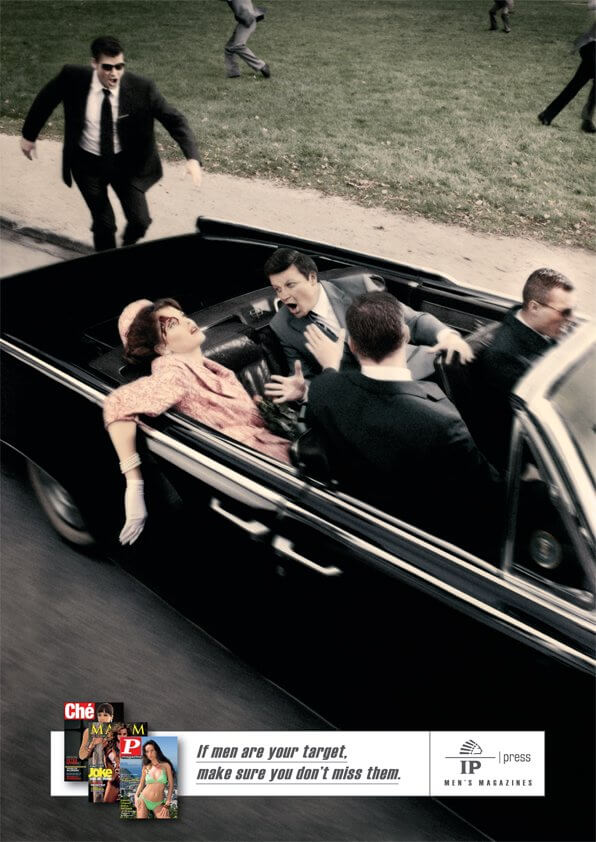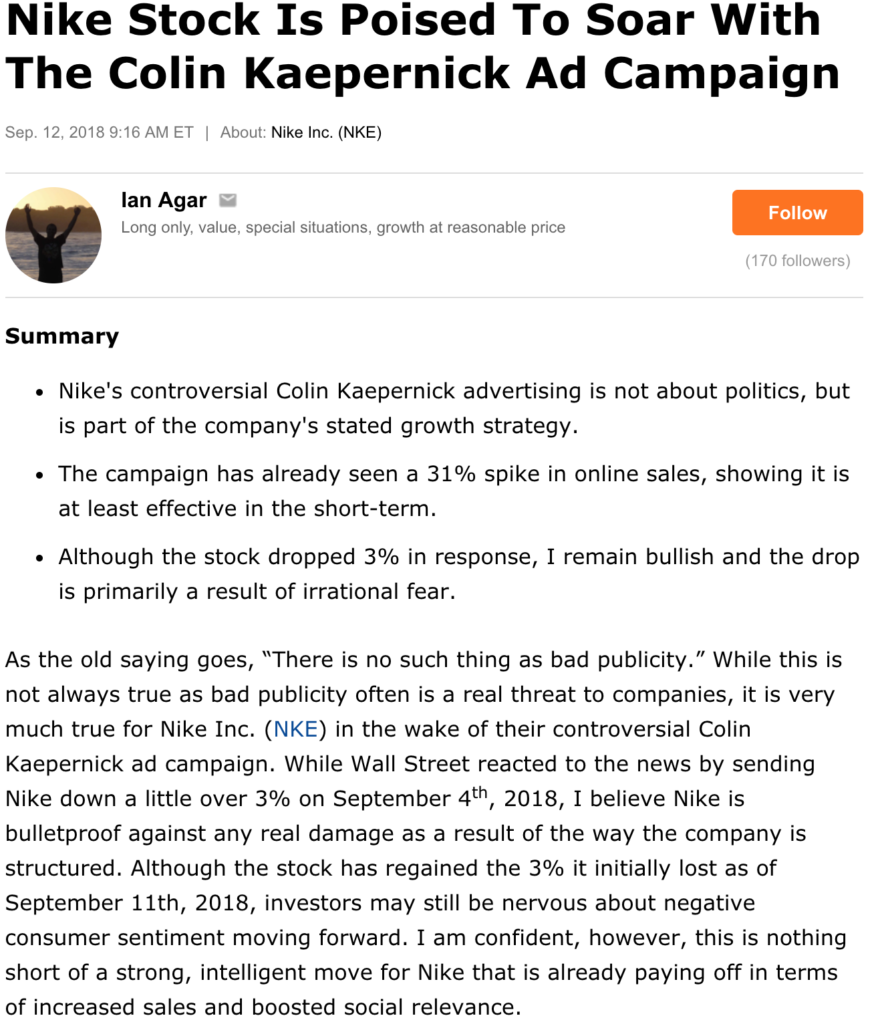
Continuing from on shockvertising, but addressing 2 specific points on their impact and the reason for why they may be on the wane, thanks to a (which provoked me enough write this follow-up).
All public service announcements (PSAs) are meant to create awareness. The ads shared yesterday (British Heart Foundation and Bangalore Traffic Police) take the shock route, while something like Dumb Ways To Die (DWTD) takes the diametrically opposite route.
There is a reason why DWTD is the method du jour, and shockvertising seems to be on the wane. I’d argue that the reason is that our mainstream media (movies, gaming, TV series, social media, and mainstream news) has normalized much of what was earlier considered shocking. Blood on TV news was considered a taboo at one point. So were explicit scenes that can shock audiences – they were restricted to select time bands or to restrictive channels. Now, they are being normalized in media. Take the example of the violence associated with ‘honor killing/violence’ in India. The incidents from Telangana (see: http://bit.ly/2PQ9ITP and http://bit.ly/2PSwESK) are gruesome and bloody, but they are in our Whatsapp messages, TV news, print news and our social media feeds. Very few of these sources even bother to curb the extent of gruesomeness associated with the incidents. So, it’s quite obvious that they may not shock us anymore.
DWTD caters to a new segment of narrative where people are the media. It’s viral, for a reason. More than it playing down from one media, it plays between people; people carry it from one to another (the definition of a viral).
In comparison, shockvertising is a narrative which is personal – it is not share-worthy (at least not in the conventional sense; you don’t share disgusting stuff with people, in principle).
Some examples of shockvertising, for context.
Communication that evokes an extreme negative reaction (disgust, revulsion, fear etc.) is not supposed to be mainstream for that precise reason. When that implied rule is broken, you have shockvertising. But, in an age when bloody or titillating videos shot on smartphones go viral between people, there may not be enough impetus for brands to try that too since they may be seen as doing it for a profit motive, compared with what people shoot and share between themselves. And that profit motive may turn the sentiment against the brand, even as it is being shared between people. Causes (PSAs) are a bit different in that there is no profit motive, only a change in behavior (for our own good) is expected as a result.
But I’d argue that shockvertising has merely morphed, from being something that evokes universal disgust, fear or revulsion, to something that polarises. Nike’s Kaepernick campaign is the new-age shockvertising, I’d say.
It uses data to understand that it may shock one half of its audience while evoking approval from the other. It doesn’t shock universally. And, in a way, Nike is picking up a communication tactic from our politicians who use polarising narratives to stupendous effect, winning democratic battles in the process.
The show that even brands can reap some success, like politicians.
In fact, Diesel, which revels in shocking audiences (see the 2 examples above), has , with the launch of ‘Haute Couture’ (hate couture), where Nicki Minaj, Bella Thorne, Gucci Mane and Tommy Dorfman (among others) wear Diesel clothes that are filled with online hate comments they got!
So, ‘The Bad Guy’ (Nicki Minaj), ‘Slut’ (Bella Thorne), ‘Faggot’ (Tommy Dorfman) and ‘Fuck You, Imposter’ (Gucci Mane). And people can create their own one-of-a-kind Hate Couture too – personalized with the worst hate comment they have ever received! Diesel says the proceeds from the sales will be donated to an anti-bullying charity. If hate is ‘in’ (moving from the real world to the online world), it could be good for business too, as the politicians have clearly demonstrated. And now Diesel latches on to it, with a cause-angle.
Is anything shocking anymore?









